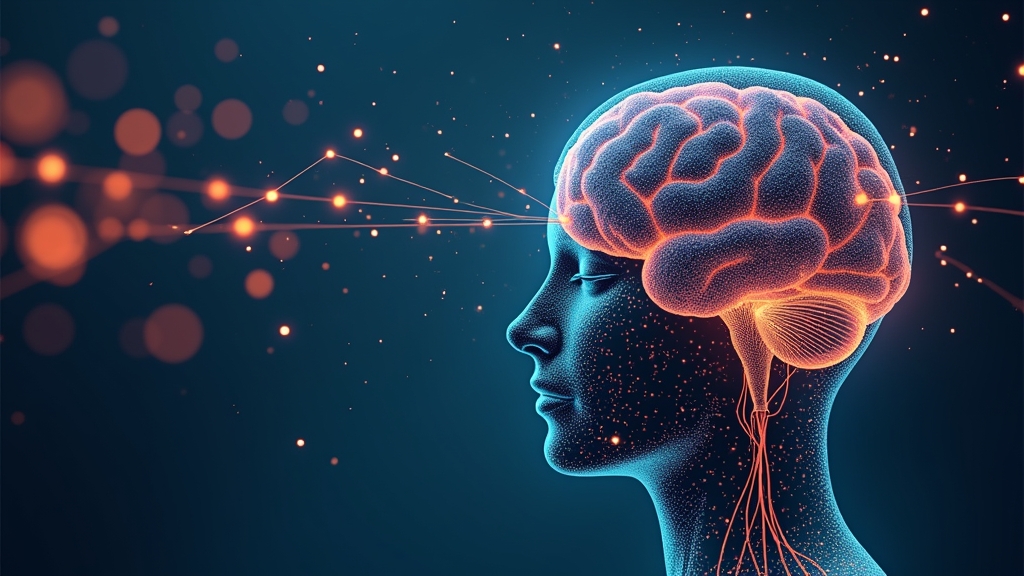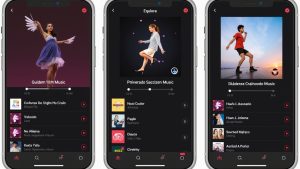In recent years, artificial intelligence (AI) has transformed the way we interact with technology, and one of its most fascinating uses is image generation. Applications that use sophisticated algorithms to create images from textual descriptions or even from scratch are becoming increasingly popular. In this article, we will explore some of the best options available, how they work, their real-world applications, as well as discuss the benefits and challenges of this technology.
One of the notable applications is DALL-E, developed by OpenAI. This innovative tool allows users to input text descriptions and receive generated images that reflect those descriptions. DALL-E is based on an advanced version of the GPT-3 model, specifically designed for images. Its functioning is based on a vast database that connects words and visual concepts, enabling the creation of works that are often surprising in their complexity and originality. The versatility of DALL-E is one of its major attractions, allowing for the creation of art, graphic design, illustrations, and much more.
Another interesting option is Midjourney, which also stands out in the AI image generation scene. Midjourney is a service that operates through a bot on Discord, where users can interact directly with AI to create their images. The process is simple: after entering one of the available channels, the user types a command followed by a description of the desired image. The bot then processes this information and generates several image options within minutes. The community that has formed around Midjourney is also an attractive feature, allowing users to share their creations and exchange tips on how to achieve the best results.
Additionally, we have Stable Diffusion, an open-source alternative for image generation. This application allows users to run AI models on their own machines, offering greater control over the creative process. Stable Diffusion is designed to be accessible and usable by a wide audience, and its flexibility is one of its strengths. The ability to customize the experience, as well as change parameters and adjust image quality, makes Stable Diffusion a popular choice among digital artists and developers. For those interested, the source code is available on GitHub, making installation and usage easier.
An application that stands out for its user-friendly interface and versatile features is Artbreeder. This application allows users to combine and edit images to create new works of art. The intuitive interface allows artists, designers, and even amateurs to explore creative concepts in a unique way. Users can choose a base image and, using sliders, adjust characteristics such as color, shape, and style. Artbreeder is an excellent option for those who desire a higher level of customization and creative control over their creations.
Speaking of creative control, DeepArt is another tool worth mentioning. Using a different approach, DeepArt transforms photos into stylized artworks based on different artistic styles. For example, you can upload a photo of yourself and choose a style reminiscent of artists like Van Gogh or Picasso. The result is a new image that retains the essence of the original but is transformed into an artistic interpretation. This tool is widely used by those who want to explore new forms of visual expression without requiring advanced graphic design skills.
The technology behind these applications is fascinating and complex. Most of them use convolutional neural networks (CNNs), which are designed to process data in grid-like form, such as images. These networks are trained on large datasets, allowing them to recognize specific patterns and features in images. With the advancement of technology, these algorithms have become increasingly sophisticated, enabling the generation of images that not only look realistic but are also artistically relevant.
However, AI image generation also raises important ethical concerns. One of the main concerns is intellectual property. When an image is created by an algorithm, who holds the copyright? Additionally, the possibility of creating images that can be used for disinformation or manipulation is a growing challenge. Therefore, it is crucial for users of these tools to be aware of the responsibilities that come with using AI in visual content creation.
In conclusion, artificial intelligence image generation applications are revolutionizing the field of art and design. With tools like DALL-E, Midjourney, Stable Diffusion, Artbreeder, and DeepArt, users have access to innovative resources that expand creative possibilities. However, it is essential to approach this technology with a critical eye, considering the ethical and legal implications. AI is here to stay, and by exploring its capabilities, we can pave the way for new forms of artistic and visual expression.
FAQ
1. What are AI image generation applications?
AI image generation applications are tools that use artificial intelligence to create images based on textual descriptions or by combining other images.
2. How does DALL-E work?
DALL-E uses a trained AI model that connects words and visual concepts, allowing it to create images based on descriptions provided by users.
3. What is Midjourney?
Midjourney is an image generation service that operates through a bot on Discord, where users can create images by typing commands with descriptions.
4. What is Stable Diffusion?
Stable Diffusion is an open-source image generation model that allows users to run AI on their own machines, offering greater customization and control.
5. What are the features of Artbreeder?
Artbreeder allows users to combine and edit images using sliders to adjust features such as color, shape, and style.
6. How does DeepArt transform photos?
DeepArt uses algorithms to apply artistic styles to photos uploaded by users, transforming them into artistic interpretations.
7. What technologies are behind these applications?
Most applications use convolutional neural networks (CNNs) trained on large datasets to recognize patterns and generate images.
8. Are there any ethical concerns related to these applications?
Yes, intellectual property issues and the possibility of image manipulation are some of the ethical concerns regarding the use of AI in image generation.
9. Can I use these images commercially?
This depends on the terms of use of each application. It is important to check the guidelines regarding copyright and commercial use.
10. Do these applications require technical skills?
Most applications are designed to be accessible and easy to use, even for those without advanced technical skills.
11. How can I access DALL-E?
DALL-E is available through the OpenAI website, where you can sign up to gain access to the tool.
12. What is required to use Midjourney?
To use Midjourney, you need a Discord account and join one of the channels where the bot is available.
13. Is Stable Diffusion free?
Yes, Stable Diffusion is an open-source project and can be used at no cost, although it may require some technical knowledge for installation.
14. Is Artbreeder really free?
Artbreeder offers a free version with limitations, and also has paid plans that unlock additional features.
15. Is it possible to create videos with these AI tools?
Currently, most of these tools are focused on generating static images, although there is ongoing research on video generation with AI.



